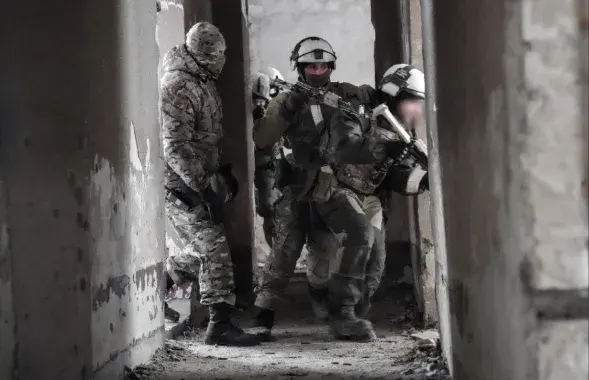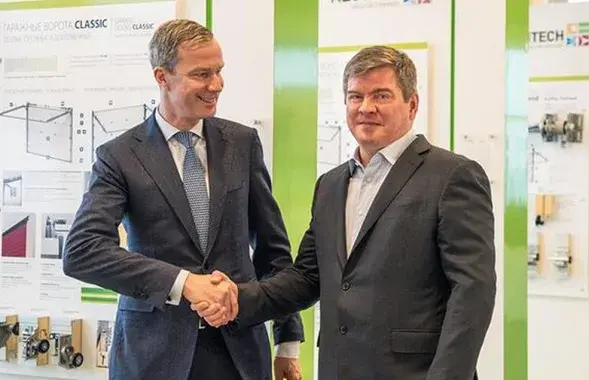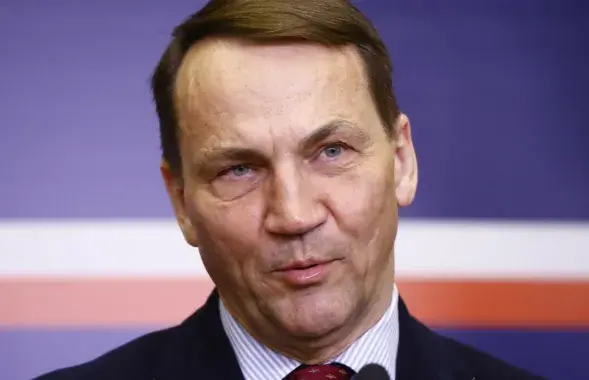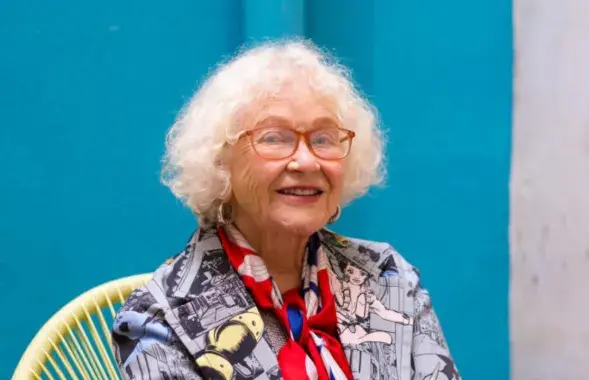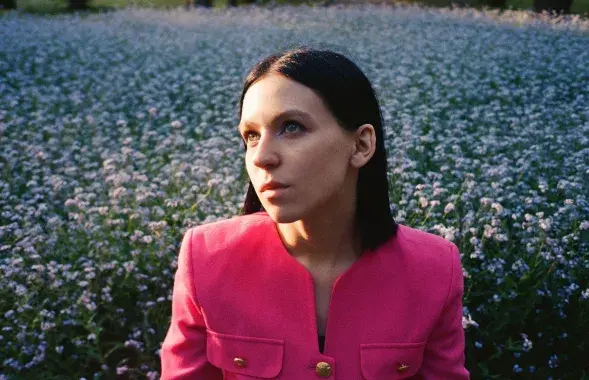20 years together: The chronicles of Belarus-Russia nose-down integration
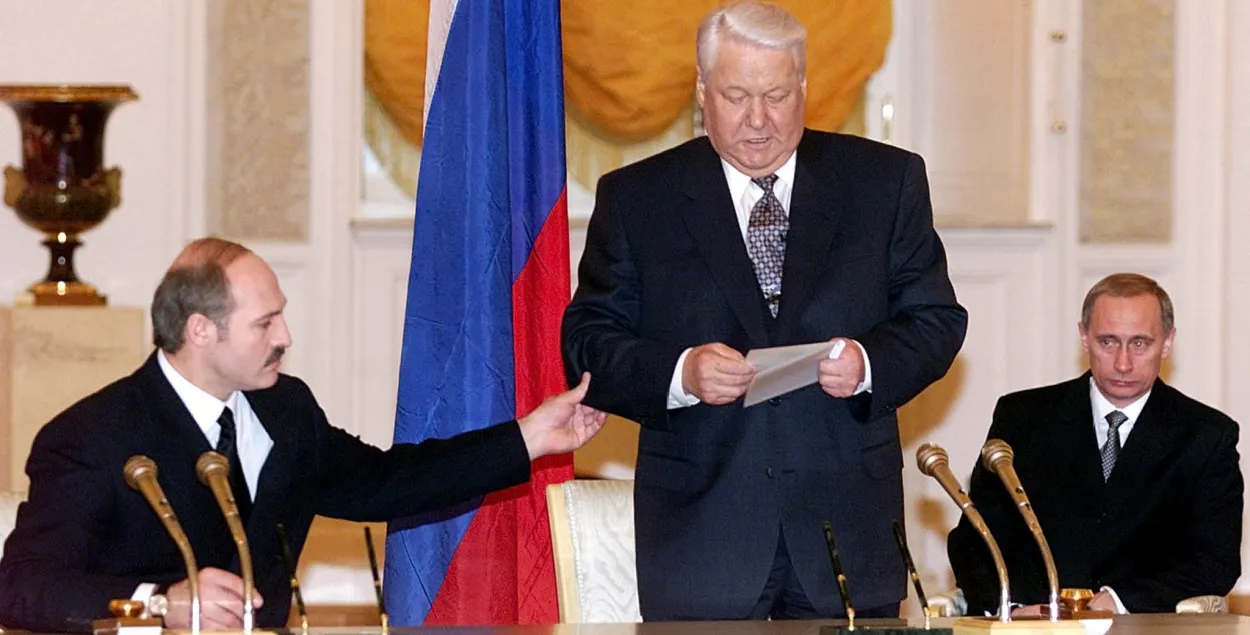
Alexander Lukashenko, Boris Yeltsin, and Vladimir Putin in 1999 / Reuters
This story began on 8 December 1999 when the Treaty on the Creation of the Union State of Belarus and Russia was signed in Moscow. Perhaps, it began even earlier – on 8 December 1991 when the leaders of Russia, Ukraine, and Belarus (still the Soviet republics back then) put their signatures under the treaty on the dissolution of the USSR. Or maybe the beginning was in August 1991 when the deputy of the Supreme Council of the Belarusian Soviet Socialist Republic Alexander Lukashenko refused to vote in favor of making the Declaration on the Sovereignty of the Republic of Belarus a constitutional law. Nevertheless, the voting took place and Belarus became an independent nation.
28 years later, in August 2019, Lukashenko, having tasted independence and presidency, engaged in serious bargaining with the Kremlin, which seeks to restore the Soviet Union in the form of the Belarus-Russia union state.
How it all began
In 1994, the man who honestly described the collapse of the Soviet Union as a catastrophe became the leader of Belarus. During his presidential campaign, Alexander Lukashenko played on the electorate’s nostalgia for the Soviet past. He initiated the return to the slightly changed Soviet state emblem and flag and was almost immediately on course for rapprochement with Russia.
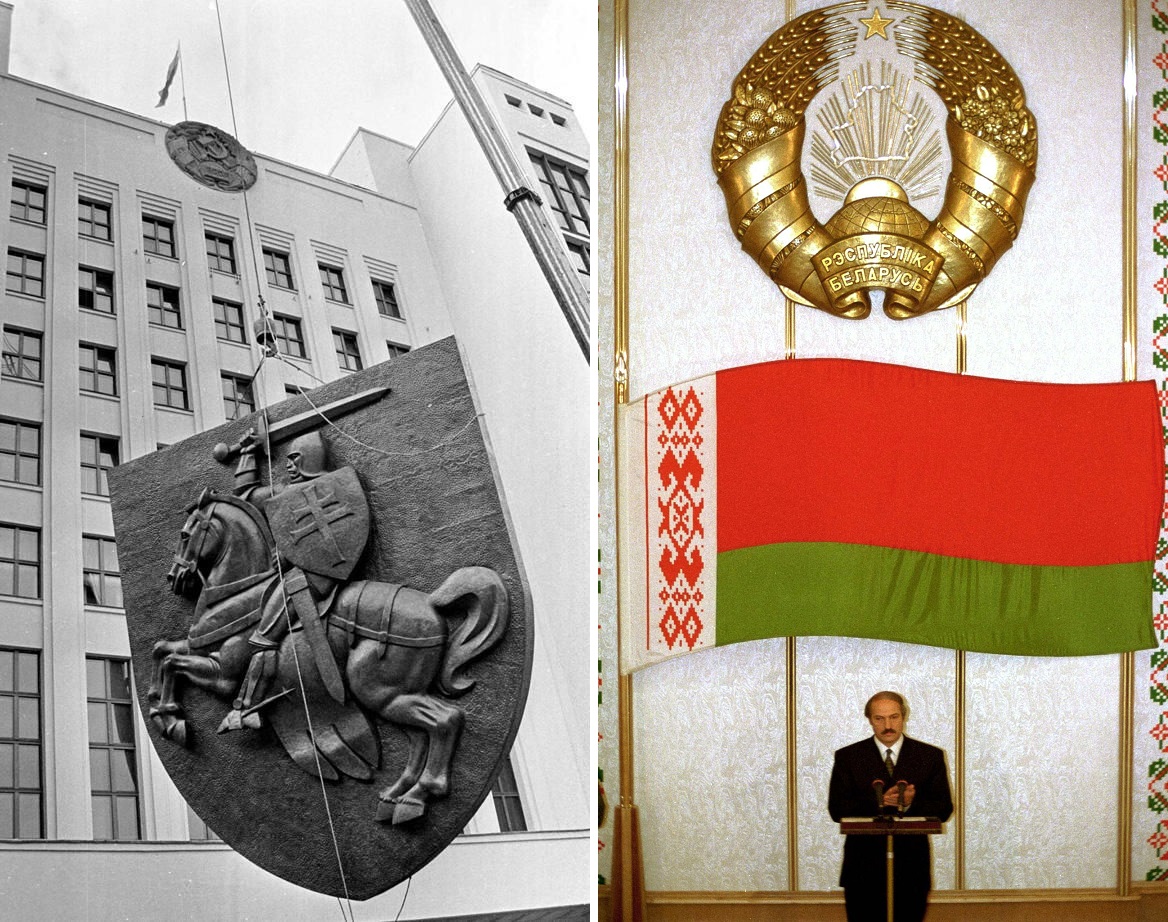
1996. Lukashenka and "old-new' symbols of Belarus in the background / Reuters
Independent Belarus’ first head of state Stanislav Shushkevich recalls that in the second half of the 1990s Lukashenko seriously thought he could occupy Boris Yeltsin’s place in the Kremlin in a wave of unifying the two states.
Already in April 1996, an agreement was reached to create a commonwealth of Russia and Belarus. In April 1997, Lukashenko and Yeltsin signed the Treaty on the Union of Belarus and Russia. Both of the treaties became void after the 8 December 1999 Treaty on the Creation of the Union State came into force.
Friendship is friendship, but let’s keep money apart
Since then, the two countries have lived under a common treaty but kept independence and sovereignty. Many provisions in the treaty have remained on paper only over the past 20 years. For example, the Union State should have its coat of arms, flag, and anthem. But that is probably the most innocuous of what could have made the Belarus-Russia integration more advanced.
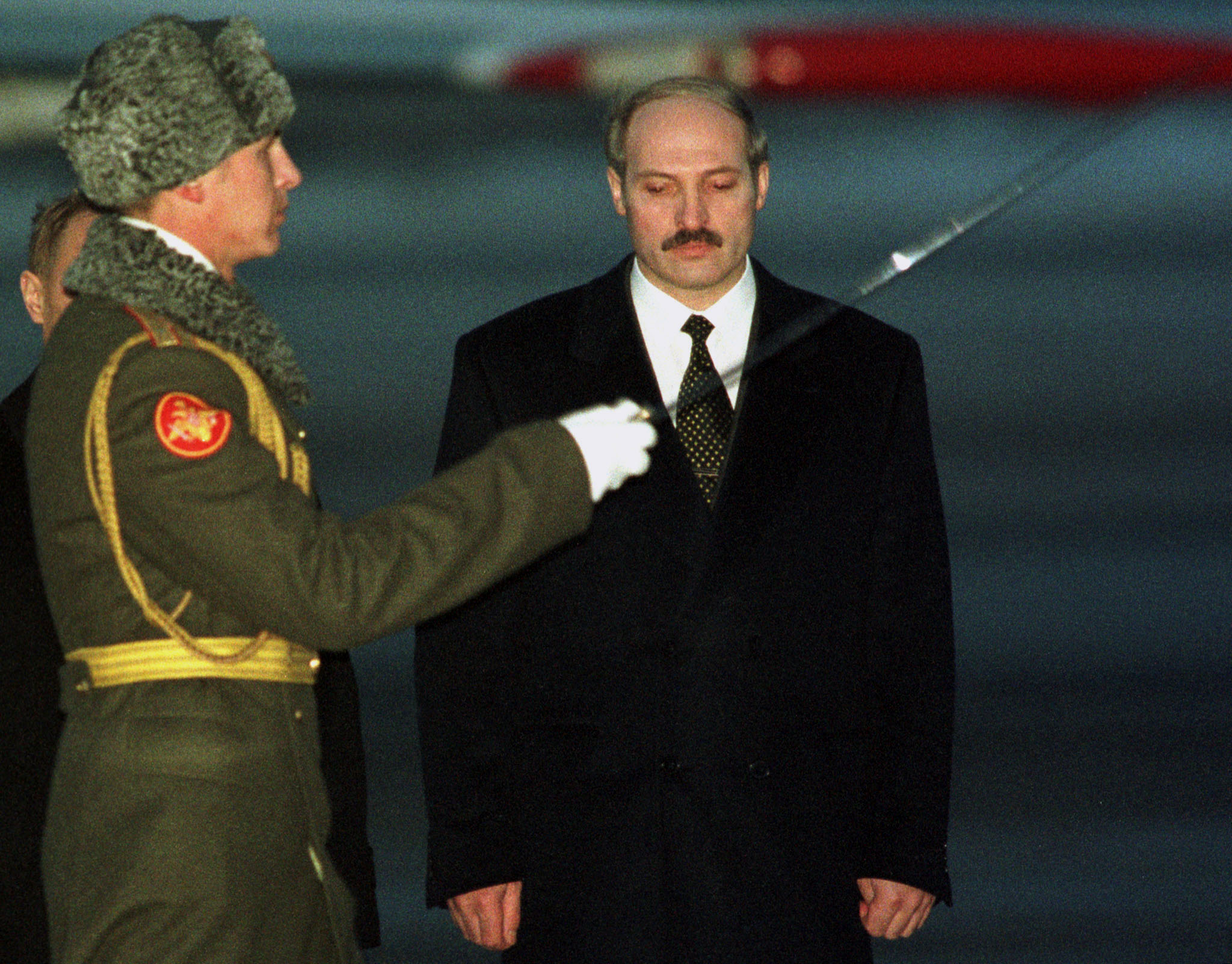
Until 2018, the implementation of the treaty was limited mainly to economic interaction, yet there is quite a significant political dimension. The treaty provides for the introduction of a single currency with a single emission center, the unification of taxation laws (they currently differ significantly in Belarus and Russia), a single Constitution, a common parliament, judiciary, and treasury. But nothing of it has been in place.
Why? There is no definite answer to this question. On one hand, political integration builds on an economic foundation. In the case of the Union State, the economic foundation is not ready or at least this is how they view it from Minsk. On the other hand, after Lukashenko gave up hope of finding himself in the Kremlin, the economic dimension of the Union State is much more attractive than political integration. Verbally, he has stood ready for ‘deeper integration’ for many years, for example, he regularly mentioned the introduction of a single currency back in the 2000s. But a reasonable excuse would always come up not to go for it.
Subsidies or equal conditions?
In December 2018 when Alexander Lukashenko was again negotiating to cut the price of Russian natural gas, Russia’s Prime Minister Dmitry Medvedev reminded him that the treaty on the union state had not been implemented. In 2018, Russian gas cost Belarus $129 for 1000 cubic meters. In 2019, the price was set at $127, despite Belarus’s desire to pay the same price as in Russia’s Smolensk region where it cost twice as less.
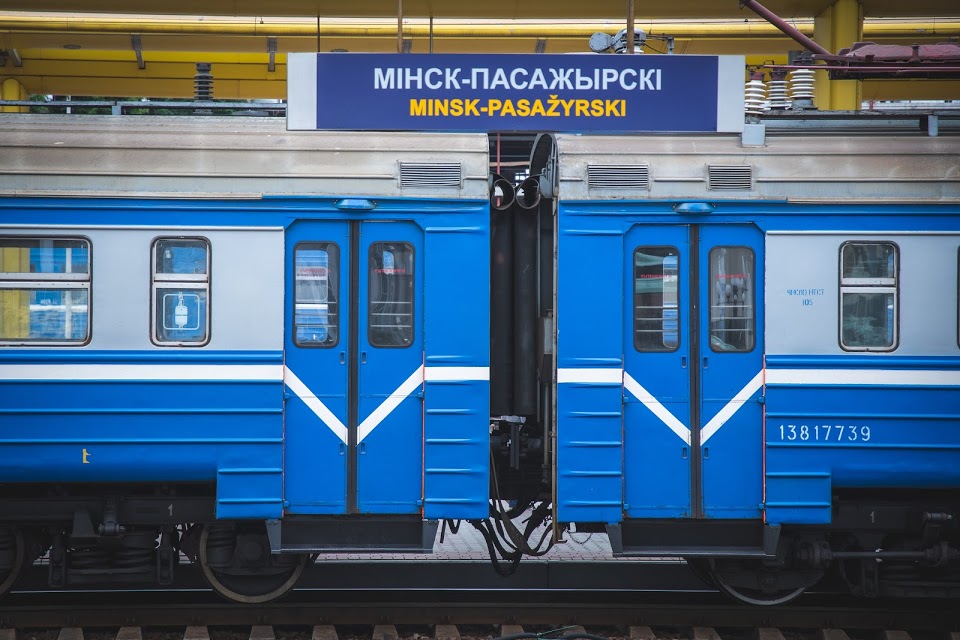
The Russian premier said there were two scenarios on the table: conservative and advanced. The conservative scenario meant that integration would not proceed “to the limits set out in the treaty on the union state” but natural gas prices would not be reduced. The advanced scenario envisaged ‘a deeper integration’ (a single currency and a single emission center, unified laws and a common parliament, etc.) “when assistance and support would be possible.”
Kremlin’s rhetoric is that by reducing the price for natural gas and supplying oil without the export duty, Russia subsidizes Belarus. But officials in Minsk insist that Belarus is not begging for “assistance” and “support” from Russia. Lukashenko stresses that all he needs to see are equal conditions for economic entities in the Union state. He argues that natural gas should not cost in Russia’s Smolensk region cheaper than in the neighboring Vitebsk region in Belarus, because Belarusian enterprises will not be able to compete with the Russian manufacturers at the common market of the Eurasian Economic Union. There should be no trade barriers or export duties in such an economic grouping.
But when the Eurasian Economic Union was concluded in 2014, Russia proposed to keep the oil and gas market outside the brackets. Lukashenka did not want to sign the treaty on that condition and pressed for ‘equal opportunities.’ But Putin managed to convince him. As of today, there is no common energy market in the Belarus-Russia Union State, and this seems to be the key thing that Minsk is unhappy with.
Public opinion towards integration in Belarus and Russia
Public opinion polls regularly gauge the geopolitical orientations of Belarusians. In September 2019, a sample of 1000 respondents was asked in which of the unions – a union with Russia or the European Union – they would prefer to live. The returns showed that 54.5% were in favor of a union with Russia, 25% for the European Union, 20.5% were unable to answer, a national poll by Belarusian Analytical Workroom (BAW) revealed.

In January 2020, BAW posed the same question and the change in attitudes was stunning. The number of people supporting a union with Russia dropped from 60 to 40.4%. The number of those willing to join the European Union went up to 32%. BAW’s founder and director sociologist Andrei Vardamatski explains it by the media coverage of recent Belarus-Russian tensions.
In April – May 2019, the Academy of Sciences of Belarus carried out a national poll with similar questions and found that 49.9% believe Belarus should be an independent state and build relations with Russia under international treaties, 36.1% for Belarus and Russia existing in an equal union with supranational government bodies (parliament, judiciary, treasury of the Union State, etc.). Only 7.7% of those polled wanted Belarus to become part of Russia.
The Center for International Relations Analysis at the Moscow Institute of International Relations published totally diverging numbers. To their question “What relations with Russia do you consider to be the most acceptable to Belarus?”, 57.6% said “like allies”, 31.8% - “like partners,” and 10.2% - neutral. The titles in the Russian media read “almost 90% of Belarusians support a union with Russia.”
Public opinion polls were carried in Russia, too. In January 2020, Russian pollster Levada Center found that 44% of respondents supported more active cooperation between Belarus and Russia in the economic field. 28% believe that cooperation should remain at the current level. 13% support a common state with a single government. 10% said Belarus should become part of Russia.
Russia wanted more
In the course of the past several years, Moscow has steadily decreased the size of what it calls “assistance” and “support” for Belarus. In December 2019, Minsk had to borrow $500 million from China, because Russia’s new loan would be tied to ‘deeper integration’ as was the compensation for the losses due to the tax reform in the Russian oil sector. According to the state petrochemical giant Belnaftachim’s estimates, Belarus’ losses from the “tax maneuver” will have amounted to $5.8 billion by 2025.
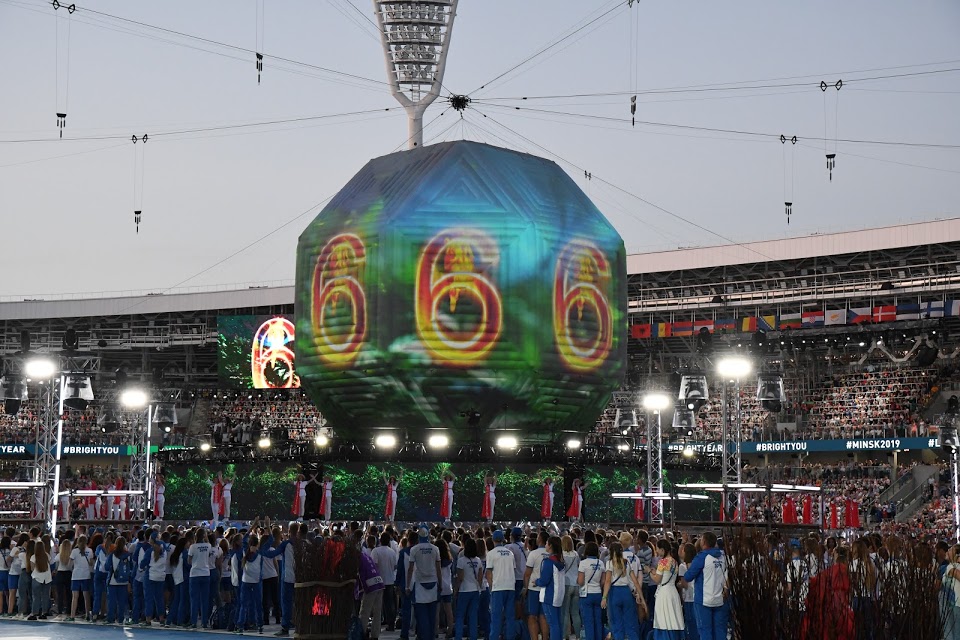
“It would be strange to subsidize enterprises in a foreign country. We could do it if we had a deeper level of integration in place. If you want similar treatment, let’s go back to our union treaty,” then-Russian First Vice Premier Anton Siluanov said in January 2019.
Belarusian economic analyst Sergei Chaly argues that this approach lacks logic. In his opinion, political integration should not precede the economic one.
“Russians are irked because they wanted something bigger under the guise of economic integration, and yet they did not want to pay for moving forward to economic union. But it doesn’t work like that. No money, no honey! If you want to observe the decencies rather than bare your teeth and say: we are going to absorb you, then you’d better be consistent at least. The example of the European Union shows how important it is to have consistency.”
Live chains against integration
8On 8 December 2019, 20 years since the signing of the Treaty on the Creation of the Union State, Lukashenko and Putin were to approve solemnly 31 roadmaps to ‘deeper integration’ between Belarus and Russia.
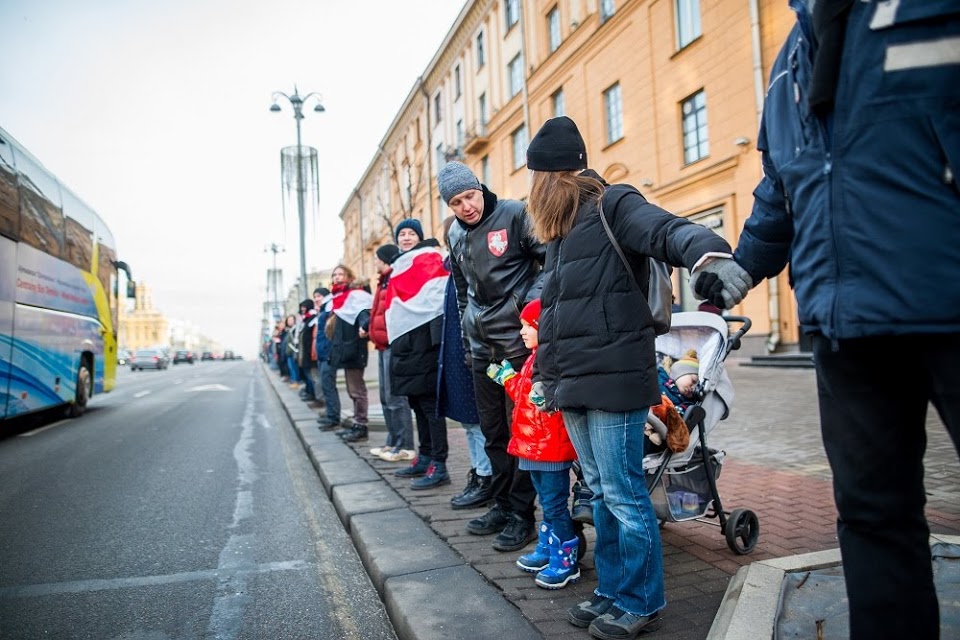
The talks stretched for months. When the opposition demanded to publish the roadmaps, the documents were classified “in order not to lay the ground for informational manipulations” as former Economy Minister Dzmitry Krutoy put it back then.
The secretive nature of talks and leaks in the Russian media about the content of the roadmaps triggered street protests in Minsk, Hrodna, and other cities. On weekends, people gathered in central squares and stood in live chains to show support for Belarus’ independence.
The rallies were not authorized. Nevertheless, up to 1500 people took part in every protest. Pro-integration activists wanted to respond with rallies too but were not granted permission. Hence, nobody showed up for the unauthorized demonstration.
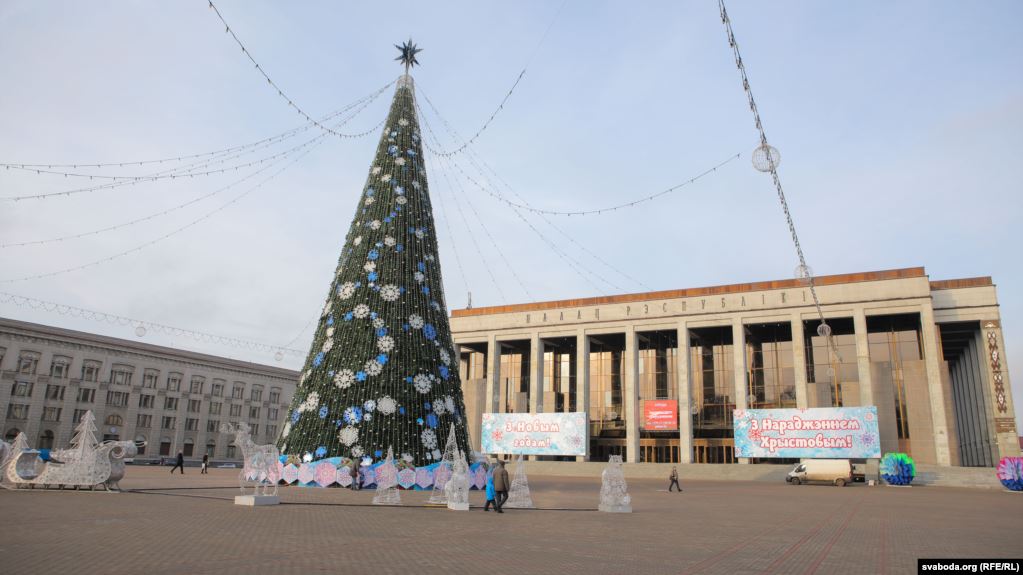
ВThe authorities initially ignored the protests but later decided to make some money by sentencing the participants to administrative arrests and big fines. By the end of January 2020, the cumulative fines amounted to $60000. In Russia, Belarusian protests were used as a pretext for dozens of propaganda articles about rampant nationalism in Belarus. “Neo-Bandera supporters in central Minsk,” “Liberals and nationalists,” “like in Ukraine” are the usual cliches.
The fires of ambitions
On 8 December 2019, Lukashenko and Putin signed nothing. One day earlier, their negotiations lasted for five hours but the only official statement for the press was that “the positions of the sides became closer.”
The next meeting of the presidents took place on 20 December in St Petersburg. The then-Russian Minister for Economic Development Maksim Oreshkin said after the meeting that “three roadmaps out of 31 were yet to be approved.” The sides eventually failed to agree on new terms of oil and gas supplies in 2020 as well as the unification of taxation laws.
Lukashenko’s rhetoric towards Russia changed drastically after the failed talks. He ordered the government to look for alternatives to Russian crude oil. On 26 January, the first batch of pricey Norwegian oil was shipped via the Lithuanian seaport of Klaipeda and transported by rail to the refinery in Navapolack.
"I beg your pardon, but [Russians] screwed us and nobody cared about the union,” the Belarusian leader said two days before the shipment.
Vladimir Putin has remained silent on the failed attempt “to deepen integration.”
What’s next?
Commentators in Belarus and Russia suggested earlier that Vladimir Putin played this Union State game of ‘deeper integration’ to resolve the so-called 2024 problem of staying in power when his presidential term expires. However, after he announced changes in Russia’s Constitution on 15 January 2020, ‘integration skeptics’ claim with confidence that even if Putin seriously considered becoming the president of the Union State in 2024, this scenario remained well in the past.
On 1 February, U.S. Secretary of State Mike Pompeo visited Belarus and met with President Lukashenko. After the meeting, he made several emphatic statements: firstly, that the United States stands ready to supply Belarus with 100% of all oil it needs at competitive prices; secondly, despite human rights concerns, Belarus’s progress in relations with the West should continue.
On 7 February, Lukashenko and Putin met again in Sochi. Before the meeting, Lukashenko had described it as ‘the moment of truth’ for the Union State. The talks lasted for several hours with an intermission for an ice hockey match, in which Putin and Lukashenka played for the same team. However, none of the parties made concessions in the end. The oil and natural gas prices remained unchanged and the road maps on deeper integration were not signed.
У Belarus is yet to reach a deal with Russia for oil supplies in 2020. Since 1 January 2020, only Safmar Group, the company owned by Russian entrepreneur Mikhail Gutseriyev who enjoys a friendly relationship with Aliaksandr Lukashenko, has supplied some oil to Belarus. The interruption in oil supplies to Belarusian refineries threatens with serious losses for the country’s economy, but Gutseriyev’s company cannot supply even theoretically all the oil Belarus needs to keep its refineries fully loaded.
After the ‘deeper integration’ failed, Gazprom raised the price of Russian natural gas for Belarus to up $152 per 1000 cubic meters. Energy industry expert Tatsiana Manyonak writes that the new price sparked off strong reactions in Minsk. The price is now close to the average price in Europe, excluding a 30% export duty and logistical costs). However, the cost of natural gas at Europe’s spot market in 2019 was significantly less than Gazprom now offers Belarus – slightly more than $100 per 1000 cubic meters.
Created with the support of Russian Language News Exchange
Follow Belarus news via Euroradio's channel on Telegram.
Daily videos about events in Belarus on Euroradio's YouTube channel. Subscribe here.



